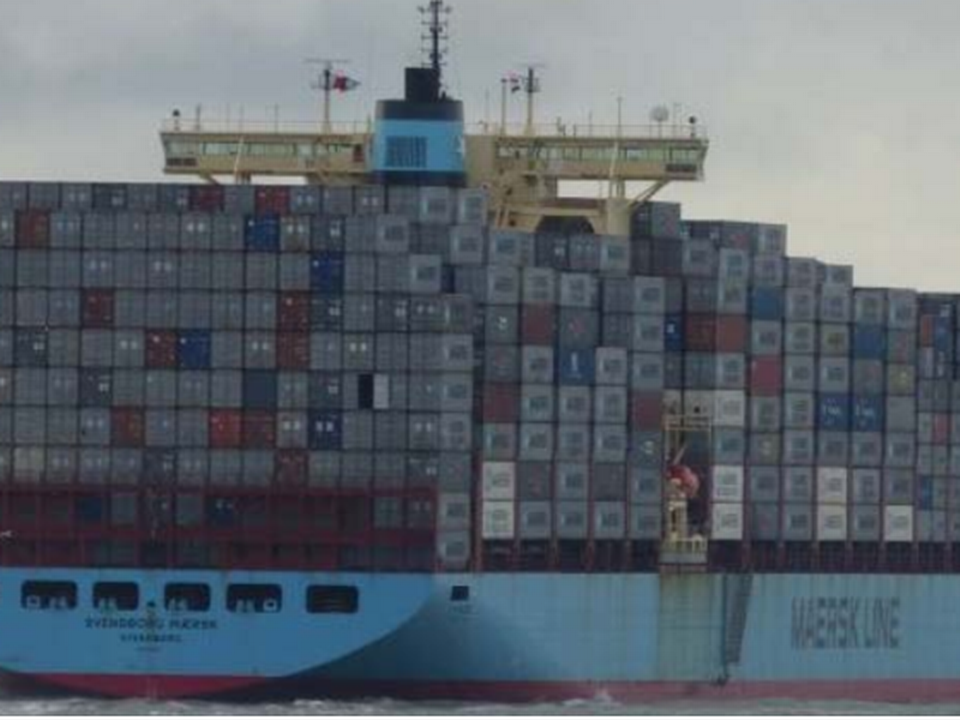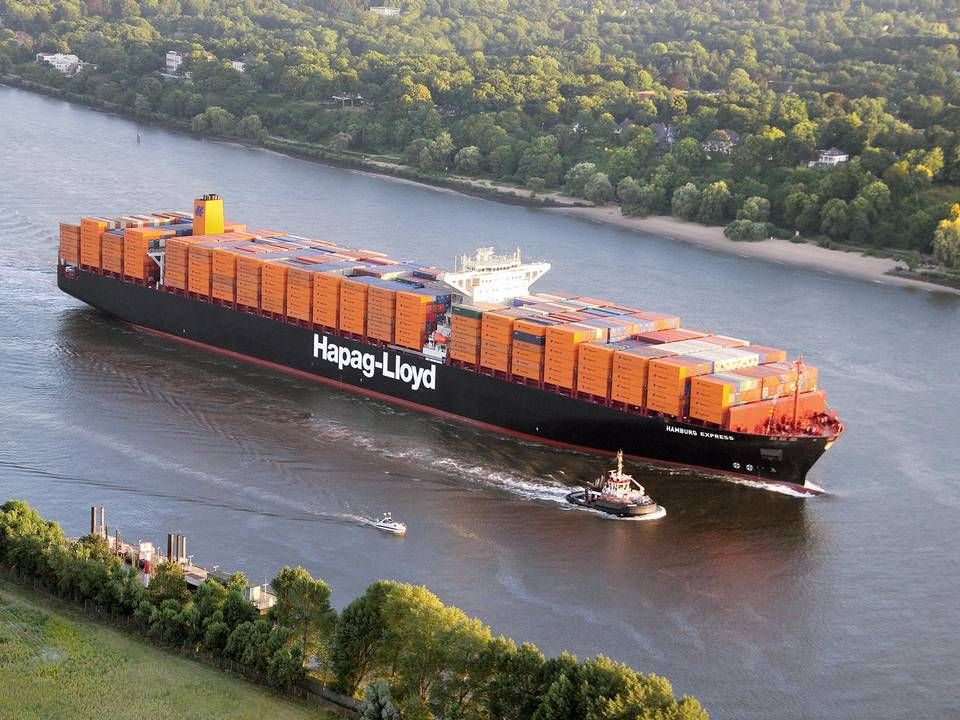Maersk Line changing course on fuel surcharge

Maersk Line's customers used to be able to regularly check the carrier's BAF surcharge (Bunker Adjustment Factor), and the potential savings of a lower oil price. Now times have changed, as the carrier has gotten rid of the "BAF calculator" that was previously openly available on the company's website.
In reality, changes to the carrier's fuel surcharge have been implemented in two ways, Jacob Sterling, head of Product and Charge Management at Maersk's Trade & Marketing department, tells ShippingWatch.
The first aspect is that Maersk Line has since the beginning of this year changed the updates of the BAF surcharge from being monthly to now only being updated every quarter. This decision was made in the fall when the carrier, according to Jacob Sterling, could see that the monthly differences were so minuscule that it was not worthwhile to put everything into motion with sellers and customer information every month.
Today, sellers can "discuss other things" with customers, as Sterling says, and only have to relate to a new BAF surcharge every third month. The second change centers on the actual calculation of the surcharge, he explains:
"We have dropped the BAF formula, which we have used for some years now, and instead the surcharge will be based on the actual changes in our fuel costs," says Jacob Sterling.
Container customers benefit the most from low oil price
Previously Maersk Line had a formula with predefined parameters, where the main - as well as being the most varying - factor was naturally the oil price. This formula was accessible on the carrier's website, where customers and others could see the different elements as well as calculate the BAF surcharge with a calculator, using any given oil price.
"Now we're looking at what the actual development has been on the regular service - what the changes have been from one quarter to the next in fuel costs, and this is what we'll use instead. The simple reason is, that it will be more accurate this way. When you use a formula you can only account for a limited number of parameters, but when we just look at the changes in costs, it will be more precise."
Less transparent
According to industry observers that ShippingWatch has spoken to, the change is a sign of Maersk Line limiting its transparency regarding the carrier's bunker surcharge, because neither the customers nor anyone else will be able to see exactly how the calculations are made. Meanwhile it is probably not entirely a coincidence that this is being implemented now, at a time when the price of oil has taken a dramatic dive, critics say. One observer in particular sees this as a natural attempt to push freight rates upwards while also retaining the benefits of the low oil price, which would be hard to do without a smokescreen.
"Whether we are overall more or less transparent is up to others to decide. The important thing for us is that this is a more accurate way of doing it. It's true that the changes in the method of calculation entail the fact that you cannot predict the BAF based on expectations for the price of oil," says Jacob Sterling about the BAF calculator.
"We still plan on publishing our BAF values on our website one month before they come into effect. No one else has a formula on their website, and no other competitors have such a calculator. In fact, many of our competitors do not publish BAF values, so I still think we have a good transparency compared to what you can expect."
Until now, Maersk Line has, according to Sterling, not experienced any reactions to the changes. The new calculation method for the BAF will be taken into use, starting April first.
Where do the savings go
The sliding oil price has definitely put more focus on the container shipowners' bunker surcharge, and most analyst agencies have pointed to the possibility of large rewards for the pressured shipowners with the lower cost of fuel. In January, Nordea pointed to a figure of USD 1.72 billion a year, which the carriers at Maersk Group stood to gain from the sliding oil price. The main question has centered on how much of this the shipowners could actually hold on to, and how much would be transferred to customers through the BAF surcharge.
In a recent analysis, SeaIntel estimated that Maersk would likely reap significant benefits from the low oil price and the changes in the BAF surcharge, effective from January first. The carrier's cash flow could increase by approximately USD 330 million in the first quarter of the year, according to SeaIntel.
No calculations have been made in this regard at Maersk, says Jacob Sterling, adding that the figure is "high". He says that it is very hard to put numbers on how much of the savings from the sliding oil price the carrier can keep.
"But under no circumstance does this have anything to do with our method of calculating BAF. The point of the BAF is that if the price of oil, after we make a deal with a customer, goes up or down, then the rate will be adjusted accordingly within the contract period," he says and continues:
"But when we go out and make new deals with customers, we will always - just like every other company - try to get the highest price that the market can withstand. It's a question of supply and demand."
But are the changes not an attempt to retain a bigger portion of the savings?
"You can speculate in that direction, but it isn't. Our reasoning is that it will be more accurate this way. When the price of oil goes up and down significantly, like it is right now, then it's extra important that it is accurate. If the bunker surcharge is not adjusted in an accurate way, this can come back to haunt us as well as the customer."
Alphaliner: Maersk to keep 23 percent of oil savings
Related articles
Alphaliner: Maersk to keep 23 percent of oil savings
For subscribers
SeaIntel: Maersk Line could win big on sliding oil price
For subscribers
Morgan Stanley: Alliances will not affect prices
For subscribers





















